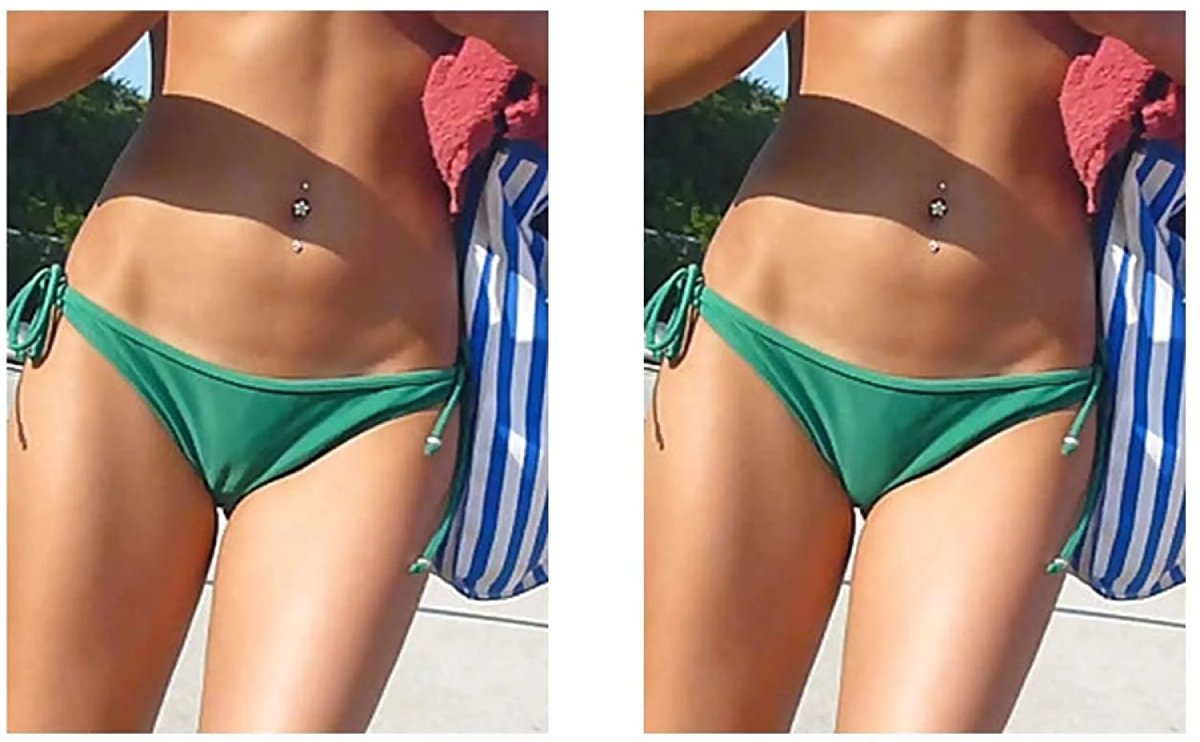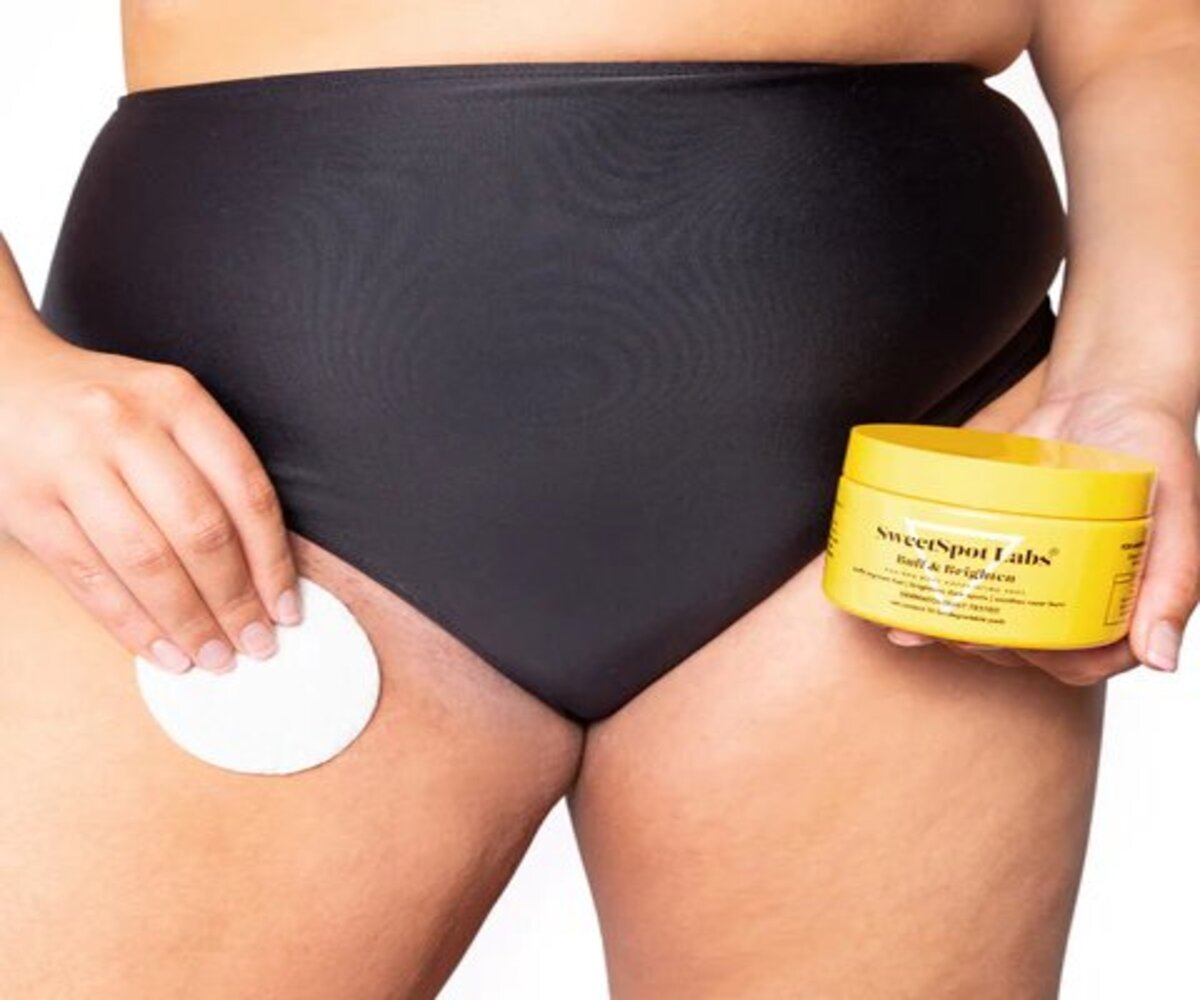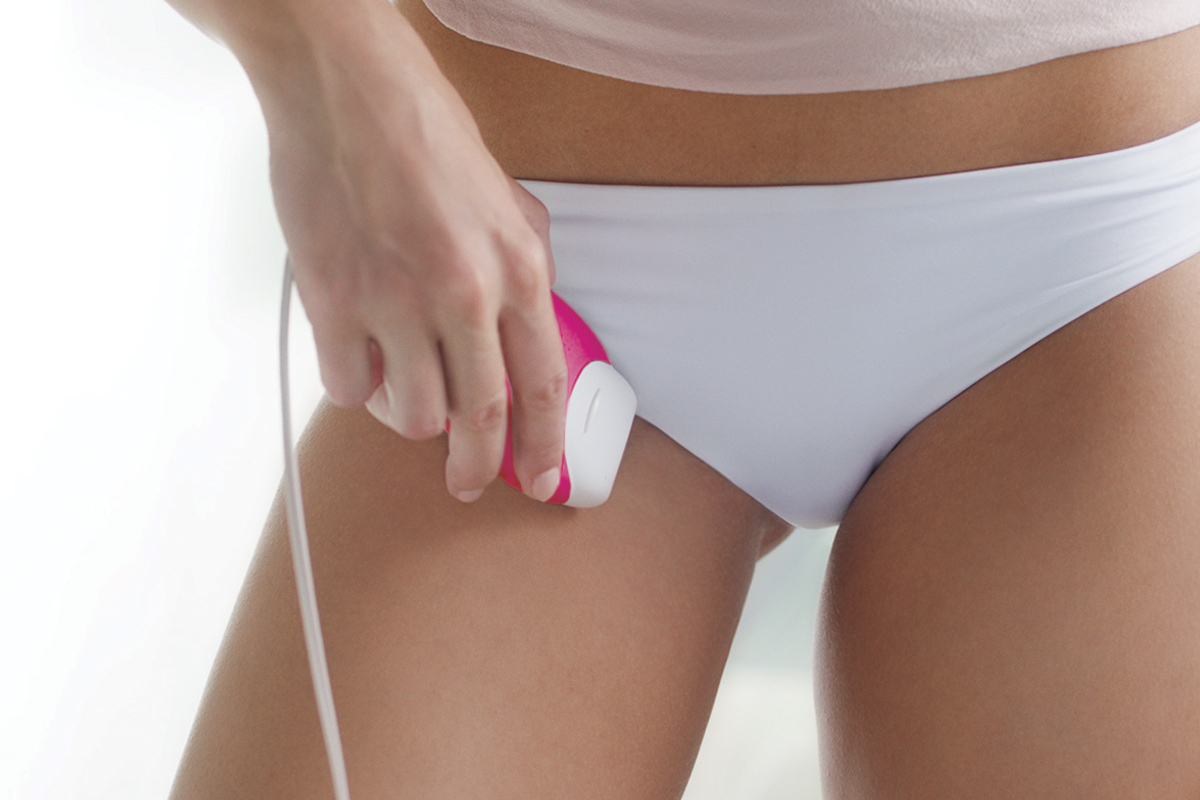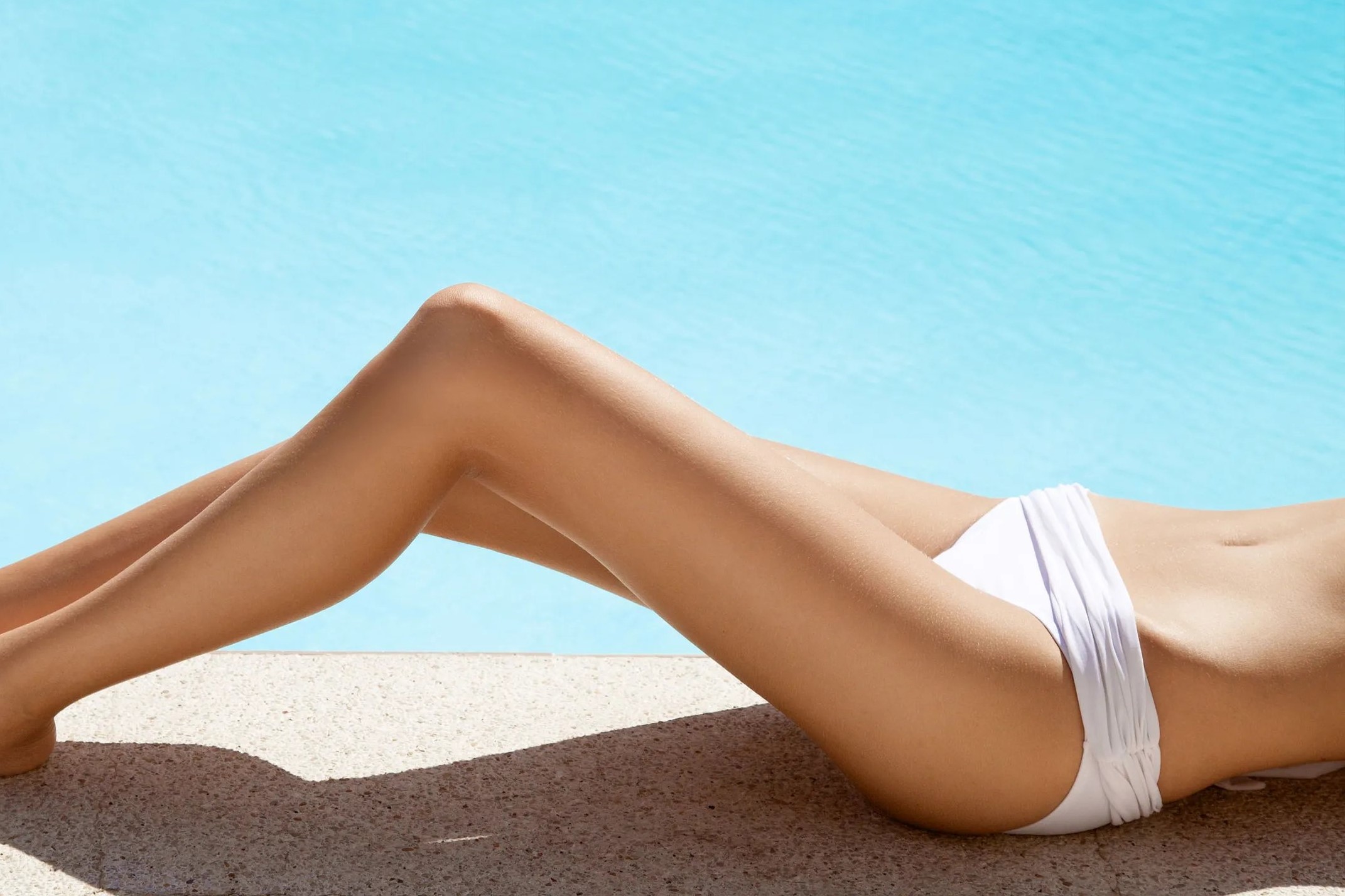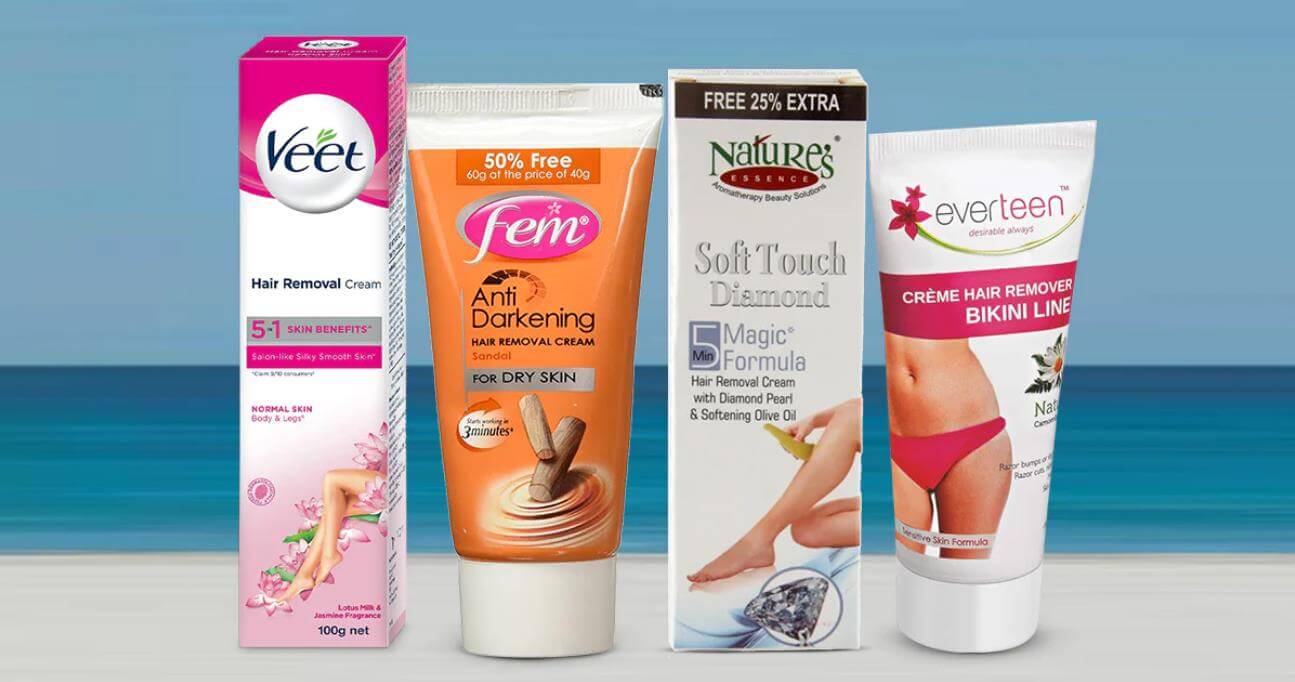Home>How-to Guides>For Women>How To Prevent Razor Bumps In Bikini Area
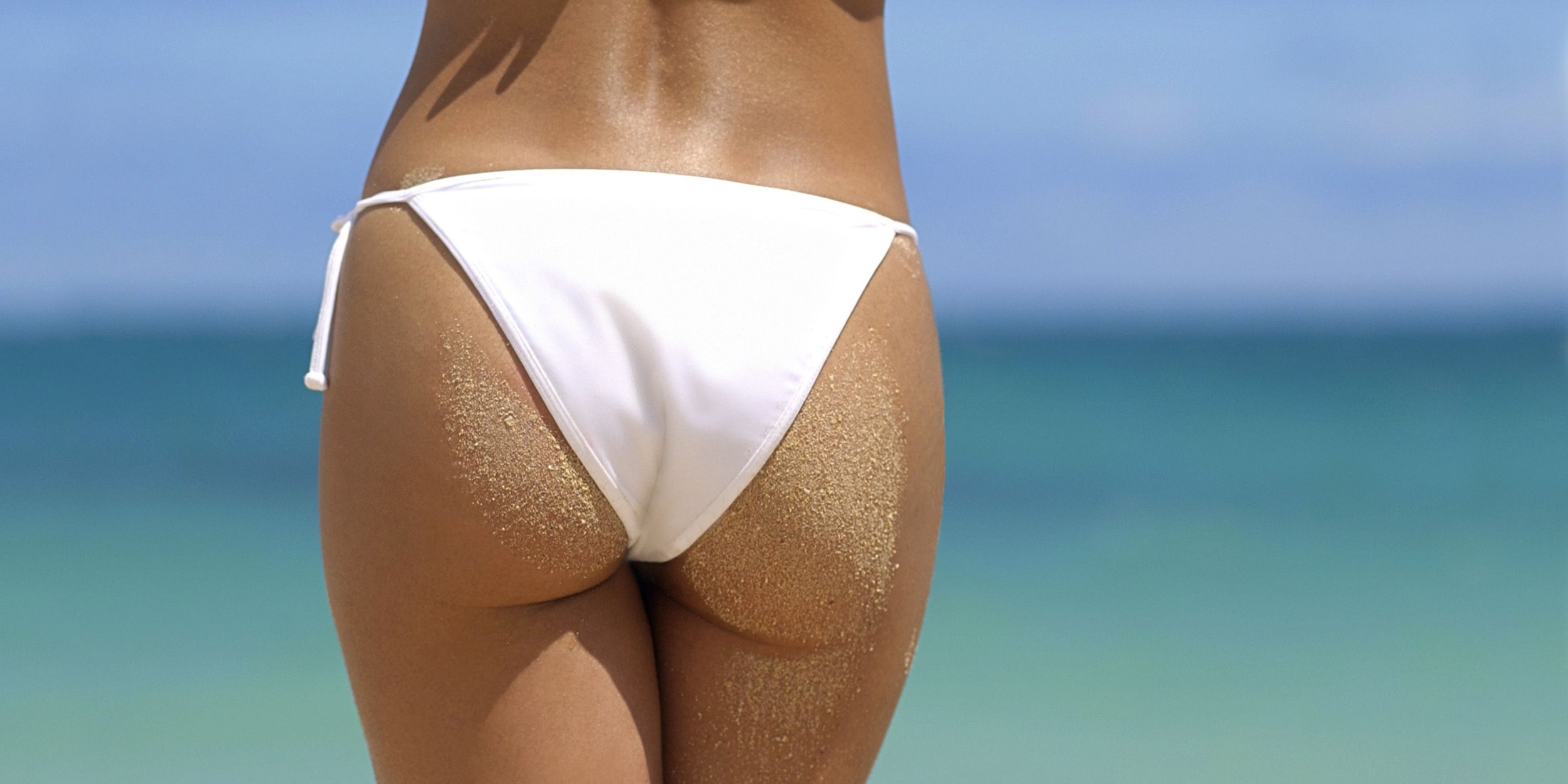

For Women
How To Prevent Razor Bumps In Bikini Area
Modified: September 23, 2023
Learn how to prevent razor bumps in the bikini area with these effective tips and techniques specifically designed for women. Say goodbye to irritation and discomfort!
(Many of the links in this article redirect to a specific reviewed product. Your purchase of these products through affiliate links helps to generate commission for Under-tec.com, at no extra cost. Learn more)
Table of Contents
Introduction
Shaving the bikini area is a common grooming practice for many women. However, it can often lead to an unwanted side effect – razor bumps. These pesky bumps, also known as razor burn or shaving bumps, can be not only unsightly but also uncomfortable and itchy. If you’re tired of dealing with razor bumps and want to enjoy a smoother, irritation-free bikini area, you’ve come to the right place.
In this article, we will discuss everything you need to know about preventing razor bumps in the bikini area. From understanding what razor bumps are to exploring the causes and effective prevention methods, we’ve got you covered. Whether you’re a seasoned shaver or new to bikini area grooming, these tips and techniques will help you achieve a bump-free shave.
Razor bumps occur when hair follicles become inflamed and irritated after shaving. This can happen due to various reasons, such as improper shaving techniques, sensitive skin, or using dull blades. The good news is that by following a few simple steps, you can minimize the likelihood of razor bumps and enjoy smooth, silky skin.
In the following sections, we will delve deeper into the causes of razor bumps in the bikini area and provide you with practical tips and remedies to prevent them. We’ll cover how to prepare your skin before shaving, the importance of choosing the right razor and technique, and proper aftercare to maintain a bump-free bikini area. We’ll also explore natural remedies for soothing existing razor bumps and when it’s time to seek medical assistance.
So, whether you’re planning a beach vacation or simply want to feel confident and comfortable in your own skin, stay tuned for the ultimate guide to preventing razor bumps in the bikini area.
Understanding Razor Bumps
Before we delve into how to prevent razor bumps in the bikini area, it’s important to have a clear understanding of what exactly razor bumps are. Razor bumps, also known as razor burn or shaving bumps, are small red bumps that can appear on the skin after shaving.
These bumps occur when hair follicles become inflamed and irritated. When you shave, the sharp blades can cut the hair at an angle, leading to a sharp end that can easily pierce the skin and cause irritation. This irritation triggers an inflammatory response, resulting in the appearance of those unsightly bumps.
Razor bumps can be particularly common in sensitive areas such as the bikini area. The skin in this region is often more delicate and prone to irritation, making it more susceptible to razor bumps. Additionally, the tight clothing and friction that the bikini area is subjected to can further exacerbate the irritation and lead to the formation of razor bumps.
It’s also worth noting that razor bumps can be more prevalent in individuals with curly or coarse hair. This is because curly hair tends to curl back into the skin, increasing the likelihood of ingrown hairs and razor bumps. However, anyone can experience razor bumps, regardless of their hair type.
The symptoms of razor bumps may vary from person to person but generally include redness, inflammation, itching, and the appearance of small, raised bumps. In some cases, razor bumps can even develop into painful and infected ingrown hairs, causing additional discomfort.
Now that we have a better understanding of what razor bumps are and how they form, let’s move on to the causes and prevention strategies. By addressing the root causes of razor bumps and implementing the right techniques, you can significantly reduce the occurrence of these pesky bumps in your bikini area.
Causes of Razor Bumps in the Bikini Area
When it comes to preventing razor bumps in the bikini area, understanding the underlying causes is key. By identifying the factors that contribute to the formation of razor bumps, you can take proactive measures to minimize their occurrence. Here are some common causes:
- Improper shaving techniques: One of the leading causes of razor bumps is using incorrect shaving techniques. For instance, shaving against the grain of hair growth can increase the likelihood of irritation and ingrown hairs. It’s important to always shave in the direction of hair growth to minimize the risk of razor bumps.
- Dull or dirty blades: Using dull or dirty blades can also contribute to the development of razor bumps. A dull blade can tug at the hair instead of cleanly cutting it, leading to irritation and inflammation. Ensure you regularly replace your razor blades and keep them clean to prevent razor bumps.
- Sensitive skin: Individuals with sensitive skin are more prone to razor bumps. If you have sensitive skin, the friction and pressure from shaving can cause irritation and redness. It’s crucial to take extra precautions to protect your skin and minimize the risk of razor bumps.
- Tight clothing: Wearing tight clothing, particularly immediately after shaving, can increase friction and further irritate the skin. This can worsen existing razor bumps or even cause new ones to form. Opt for loose-fitting clothing whenever possible, especially right after shaving.
- Ingrown hairs: Ingrown hairs occur when the hair follicle becomes trapped and grows back into the skin. This can lead to painful bumps and inflammation. Individuals with curly or coarse hair are more prone to ingrown hairs, as their hair tends to curl back into the skin. Taking preventive measures to avoid ingrown hairs is crucial in preventing razor bumps.
By addressing these underlying causes, you can significantly reduce the likelihood of razor bumps in the bikini area. The next section will provide you with valuable tips and techniques for preventing razor bumps and achieving a smooth, irritation-free shave.
Tips for Preventing Razor Bumps
Preventing razor bumps in the bikini area requires a combination of proper preparation, technique, and aftercare. By following these helpful tips, you can significantly reduce the occurrence of razor bumps and enjoy smooth, irritation-free skin:
- Exfoliate before shaving: Gently exfoliating the bikini area before shaving helps remove dead skin cells and lifts any trapped hairs. This allows for a closer and smoother shave, reducing the risk of razor bumps. Use a gentle exfoliating scrub or a soft brush to exfoliate the skin.
- Take a warm shower or use warm compresses: Before shaving, take a warm shower or apply warm compresses to the bikini area for a few minutes. This helps to soften the hair and open up the pores, making the shaving process smoother and less irritating.
- Use a moisturizing shaving cream or gel: Applying a moisturizing shaving cream or gel helps lubricate the skin and provides a barrier between the razor and your skin. This reduces friction, prevents irritation, and allows for a smoother shave.
- Shave in the direction of hair growth: Always shave in the direction of hair growth to minimize irritation and reduce the risk of ingrown hairs. Shaving against the grain increases the chances of razor bumps and can cause the hairs to curl back into the skin.
- Use a clean, sharp razor: Using a clean and sharp razor is essential in preventing razor bumps. A dull or dirty blade can cause tugging, uneven cuts, and irritation. Replace your razor blades regularly, ideally after 5-7 uses, to ensure a clean and smooth shave.
- Avoid applying too much pressure: Applying excessive pressure while shaving can lead to irritation and razor bumps. Instead, use gentle, light strokes, allowing the razor to glide over the skin without added pressure.
- Rinse the razor frequently: Rinse the razor blade with warm water after each stroke to remove hair and shaving cream buildup. This helps maintain the sharpness of the blade and ensures a smoother, more efficient shave.
- Pat the skin dry and apply a soothing moisturizer: After shaving, gently pat the skin dry with a clean towel and apply a soothing moisturizer. Look for a moisturizer that is free of fragrances and harsh chemicals, as these can further irritate the skin.
- Avoid tight clothing and harsh chemicals: In the immediate aftermath of shaving, it’s best to avoid tight clothing and harsh chemicals, such as perfumes or scented lotions. These can further aggravate the skin and increase the risk of razor bumps.
By incorporating these tips into your shaving routine, you can effectively prevent razor bumps in the bikini area and enjoy a smooth and comfortable shave.
Preparing the Skin Before Shaving
Properly preparing the skin before shaving is essential for achieving a smooth and irritation-free shave in the bikini area. By taking a few extra steps to prepare your skin, you can minimize the risk of razor bumps. Here are some important tips:
- Trim the hair: If the hair in the bikini area is long, it’s a good idea to trim it before shaving. Use a pair of clean, sharp scissors or an electric trimmer to trim the hair to a manageable length. This helps prevent tugging and clogging of the razor blade.
- Exfoliate gently: Gently exfoliate the skin in the bikini area before shaving. Exfoliation helps remove dead skin cells and lifts any trapped hairs, allowing for a closer shave. Use a gentle scrub or a soft brush to exfoliate, being careful not to scrub too harshly.
- Take a warm shower or use warm compresses: Before shaving, take a warm shower or apply warm compresses to the bikini area for a few minutes. The warm water and steam help to soften the hair and open up the pores, making the shaving process smoother and less likely to cause irritation.
- Apply a pre-shave oil: Consider using a pre-shave oil before shaving. Pre-shave oils help to lubricate the skin and hair, allowing the razor to glide more smoothly. They also help to reduce friction and minimize the risk of razor bumps. Apply a small amount of oil to the bikini area and massage it into the skin before shaving.
- Use a moisturizing shaving cream or gel: Choose a moisturizing shaving cream or gel specifically designed for sensitive skin. These products help to create a protective barrier between the razor and your skin, reducing friction and preventing irritation. Apply a generous amount of shaving cream or gel to the bikini area, ensuring that it covers the entire area to be shaved.
- Allow the cream to sit for a few minutes: After applying the shaving cream or gel, allow it to sit on the skin for a few minutes. This gives the moisturizing ingredients in the cream or gel time to penetrate the hair and skin, further softening the hair and making it easier to shave.
By following these steps to prepare your skin before shaving, you create a smooth and optimal surface for the razor to glide across. This reduces the risk of razor bumps and helps you achieve a close and comfortable shave in the bikini area.
Choosing the Right Razor and Shaving Technique
When it comes to preventing razor bumps in the bikini area, choosing the right razor and employing the correct shaving technique is crucial. Here are some valuable tips to help you make the best choices:
- Select a high-quality razor: Invest in a high-quality razor with multiple blades. More blades tend to provide a closer and smoother shave, reducing the chance of irritation. Look for a razor designed specifically for sensitive skin, as these typically have features such as lubricating strips and flexible heads to minimize the risk of razor bumps.
- Avoid disposable razors: Disposable razors can be harsh on the skin and often have dull blades, increasing the chances of irritation and razor bumps. Instead, choose a razor with replaceable cartridges to ensure a clean and sharp blade each time you shave.
- Opt for a safety razor: Consider using a safety razor for shaving the bikini area. Safety razors have a single blade that provides a precise and controlled shave, while also minimizing the risk of irritation and ingrown hairs. Take your time and use gentle strokes when using a safety razor in the bikini area.
- Shave in the direction of hair growth: Always shave in the direction of hair growth to reduce irritation and prevent ingrown hairs. Shaving against the grain increases the chances of razor bumps and can cause the hairs to curl back into the skin. Take short and gentle strokes, allowing the razor to glide smoothly along the skin.
- Do not stretch the skin: Avoid stretching the skin while shaving. Pulling the skin taut can increase the risk of cuts, irritation, and razor bumps. Instead, glide the razor gently over the contours of the bikini area, maintaining a light touch.
- Rinse the razor frequently: Rinse the razor blade under running water frequently while shaving to remove hair and shaving cream buildup. This keeps the blade clean and sharp, ensuring a smoother and more comfortable shave.
- Avoid going over the same area multiple times: Resist the temptation to repeatedly go over the same area with the razor. Each stroke can cause friction and irritation, increasing the likelihood of razor bumps. If necessary, reapply shaving cream and make sure the blade is clean before shaving the same area again.
- Pat dry after shaving: After shaving, gently pat the bikini area dry with a clean towel. Avoid rubbing the skin, as this can cause further irritation. Leaving the skin slightly damp allows for better absorption of moisturizers and helps keep the skin hydrated.
By choosing the right razor and practicing the correct shaving techniques, you can achieve a smooth and bump-free shave in the bikini area. Remember to take your time and be gentle with your skin to minimize the risk of irritation and razor bumps.
Proper Aftercare for the Bikini Area
Proper aftercare is essential for maintaining the health and appearance of the bikini area after shaving. It helps to soothe the skin, prevent irritation, and reduce the likelihood of razor bumps. Here are some important tips for post-shave aftercare:
- Rinse with cool water: After shaving, rinse the bikini area with cool water to help close the pores and soothe the skin. Cold water can provide immediate relief from any irritation or redness caused by shaving.
- Pat dry with a clean towel: Gently pat the skin dry with a clean, soft towel. Avoid rubbing the towel on the skin, as this can cause friction and further irritation. Let the skin air dry for a few minutes to allow it to breathe.
- Avoid harsh chemicals and fragrances: For the first few hours after shaving, avoid using products that contain harsh chemicals or fragrances. These can further irritate the skin and increase the risk of razor bumps. Opt for gentle and hypoallergenic products.
- Apply a soothing moisturizer: After drying the skin, apply a soothing and moisturizing lotion or cream to the bikini area. Look for products that contain ingredients like aloe vera, chamomile, or tea tree oil, as these help to calm and nourish the skin. Regular moisturizing keeps the skin hydrated and reduces the chances of dryness and irritation.
- Avoid tight clothing: Opt for loose-fitting clothing immediately after shaving to prevent friction and irritation. Tight clothing can rub against the freshly shaved skin and aggravate any existing razor bumps.
- Avoid sun exposure: Sun exposure can be particularly harmful to freshly shaved skin, making it more prone to irritation and hyperpigmentation. If you plan on spending time outdoors, make sure to apply a broad-spectrum sunscreen with a high SPF to protect the bikini area.
- Avoid touching or scratching: Refrain from touching or scratching the shaved area, as it can introduce bacteria and cause further irritation. Picking or scratching at razor bumps can also increase the risk of infection and scarring.
- Avoid shaving too frequently: Give your skin enough time to recover between shaves. Over-shaving can strip the skin of its natural oils and disrupt the healing process, leading to irritation and razor bumps. Aim to shave every few days or as necessary, depending on your hair growth rate.
By following these aftercare tips, you can help maintain the smoothness and health of the bikini area post-shaving. With proper care, you can minimize the risk of razor bumps and achieve a comfortable shaving experience.
Natural Remedies for Soothing Razor Bumps
If you’re looking for natural ways to soothe and alleviate razor bumps in the bikini area, you’re in luck. There are several natural remedies that can help reduce inflammation, calm irritated skin, and promote healing. Here are some effective natural remedies for soothing razor bumps:
- Aloe vera gel: Aloe vera gel is renowned for its soothing and healing properties. Apply pure aloe vera gel directly to the affected area to reduce inflammation and promote skin healing. Leave it on for 10-15 minutes before rinsing off with cool water.
- Tea tree oil: Tea tree oil has anti-inflammatory and antibacterial properties, making it an excellent natural remedy for soothing razor bumps. Dilute tea tree oil with a carrier oil, such as coconut oil or jojoba oil, and apply it to the affected area using a cotton ball.
- Apple cider vinegar: Apple cider vinegar has acidic properties that can help reduce itching and inflammation caused by razor bumps. Mix equal parts of apple cider vinegar and water, and dab it onto the affected area using a cotton ball. Let it sit for a few minutes before rinsing off with cool water.
- Witch hazel: Witch hazel is a natural astringent that can help soothe irritated skin and reduce redness. Apply witch hazel to the affected area using a cotton ball or pad. Allow it to dry naturally, and repeat several times a day as needed.
- Cucumber slices: Cool cucumber slices can provide relief and reduce swelling associated with razor bumps. Place cucumber slices on the affected area for 10-15 minutes to soothe the skin and promote healing.
- Oatmeal paste: Oatmeal has anti-inflammatory properties that can help calm irritated skin. Mix ground oatmeal with water to create a paste, and apply it to the razor bump-affected area. Leave it on for 15-20 minutes before rinsing off with cool water.
- Coconut oil: Coconut oil is a natural moisturizer that can help reduce itching and redness caused by razor bumps. Apply a thin layer of coconut oil to the affected area and gently massage it into the skin. Leave it on to absorb and reapply as needed.
- Cold compress: Applying a cold compress to the razor bump-affected area can provide temporary relief from inflammation and reduce itching. Wrap an ice pack or a clean cloth filled with ice cubes in a thin towel and place it on the area for a few minutes at a time.
These natural remedies can help soothe razor bumps and support the healing process. Experiment with different remedies to find what works best for your skin and provides the most relief. Remember to patch test any new remedy before applying it to a larger area to ensure compatibility with your skin.
When to Seek Medical Help
In most cases, razor bumps in the bikini area can be effectively managed at home with proper care and prevention. However, there are situations when it is advisable to seek medical help. Here are some indications that it may be time to consult a healthcare professional:
- Persistent and worsening symptoms: If your razor bumps do not improve or if they worsen over time, despite following preventive measures, it may be a sign of an underlying issue. Persistent redness, inflammation, pain, or the development of pus-filled bumps should not be ignored.
- Severe discomfort or pain: If you are experiencing severe discomfort or pain as a result of razor bumps, it is a good idea to seek medical attention. This could indicate an infection or a more serious issue that requires professional evaluation and treatment.
- Signs of infection: If the razor bumps become infected, you may notice increased redness, warmth, tenderness, and the presence of pus or drainage. These are signs of a bacterial infection and call for medical intervention.
- Frequent ingrown hairs: If you are consistently experiencing ingrown hairs in the bikini area that lead to persistent razor bumps, it may be beneficial to consult a dermatologist. They can provide guidance on how to manage and prevent recurring ingrown hairs effectively.
- Pre-existing skin conditions: Individuals with pre-existing skin conditions, such as eczema or psoriasis, may be more susceptible to razor bumps and complications. If you have a known skin condition and are struggling to manage razor bumps, it is advisable to seek professional advice.
A healthcare professional, such as a dermatologist, can assess your condition, provide a proper diagnosis, and recommend suitable treatment options. They may prescribe medicated creams, antibiotics, or suggest alternative hair removal methods tailored to your specific needs.
Remember, it is always better to err on the side of caution and seek medical help if you have concerns about your razor bumps. Prompt intervention can prevent further complications and ensure your bikini area remains healthy and free from ongoing irritation.
Conclusion
Achieving a smooth and bump-free bikini area after shaving is possible with the right knowledge and techniques. Razor bumps can be uncomfortable and unsightly, but with proper prevention methods, they can be minimized or even avoided altogether.
In this comprehensive guide, we have explored the causes of razor bumps in the bikini area and provided practical tips for preventing them. From preparing the skin before shaving to choosing the right razor and employing the correct shaving technique, each step is crucial in achieving a close and comfortable shave.
We also discussed the importance of proper aftercare for the bikini area. By rinsing with cool water, applying soothing moisturizers, and avoiding harsh chemicals or tight clothing, you can help soothe the skin and reduce the risk of razor bumps.
If razor bumps do occur, we explored natural remedies such as aloe vera gel, tea tree oil, and apple cider vinegar, which can provide relief and promote healing. However, it’s important to remember that everyone’s skin is unique, so it’s crucial to find what works best for you through experimentation.
Additionally, we highlighted the situations in which it is advisable to seek medical help. If you experience persistent or worsening symptoms, severe pain or discomfort, signs of infection, or recurring ingrown hairs, consulting a healthcare professional can provide the necessary treatment and guidance.
By following the guidelines in this guide and customized advice from a medical professional if needed, you can enjoy a smoother, more comfortable shaving experience in the bikini area.
Remember, prevention is key. By taking the time to properly prepare your skin, choosing the right razor and technique, and implementing post-shave care, you can greatly reduce the occurrence of razor bumps and maintain healthy, beautiful skin in the delicate bikini area.
